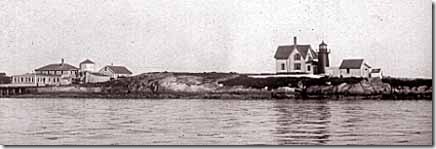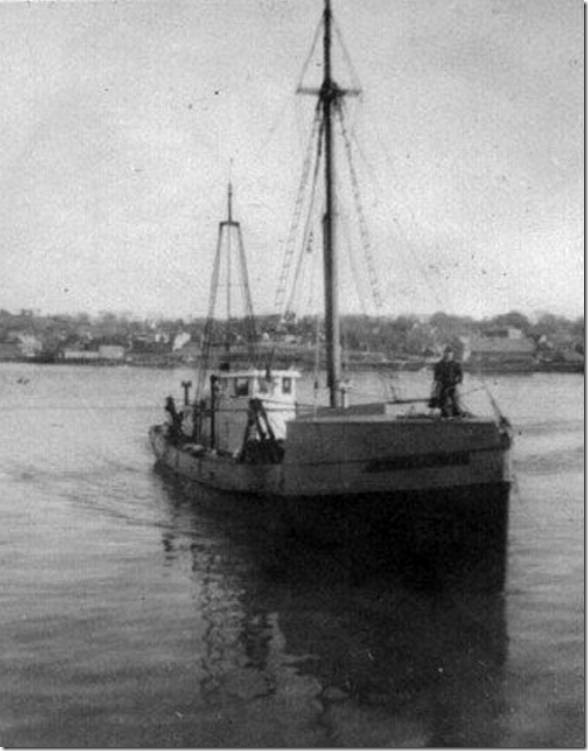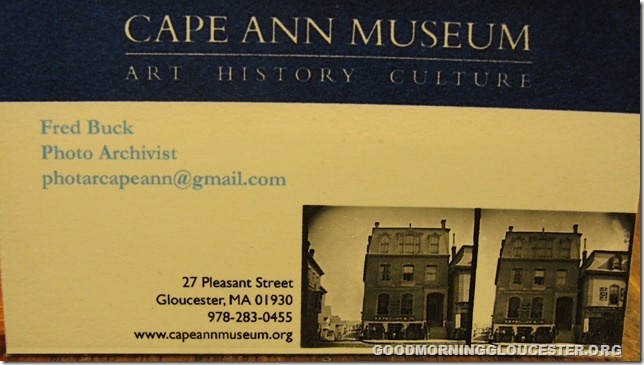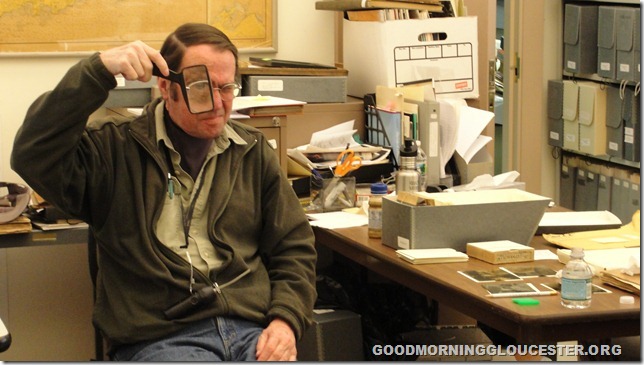Joey,
Here is my Painting, “Meeting On Rum-Row”
It’s 1932, Prohibition and two former Gloucester fishing schooners meet up with the US Coast Guard’s 75’ patrol boat, CG-100 which was then based in Gloucester. They are on Rum-Row, 3 miles off the coast of New York and New Jersey. The coast guard is charged with patrolling the 3 Mile Territorial Limit to protect against the illegal entry of liquor into the US.
On the left is the 100 ft. Sch. H.L. Marshall and on the right is the 110 ft. Sch. Arethusa. Both were Essex-built and had been high-liners among the Gloucester fishing fleet. They were purchased by the legendary bootlegger, Bill “The Real” McCoy of Florida. Both were rebuilt, strengthened and had their twin auxiliary engines replaced. The Arethusa had a new ten ft. bowsprit added to accommodate a flying jib and increase her carrying capacity to 16,000 cases of liquor. The Marshall carried 15,000 cases They were operating out of the Bahamas under British registry. At that time the Arethusa’s name was changed to Tomoka after McCoy’s home port in Florida. They were fast under sail or power and the nemises of the US Coast Guard. At the height of his career, McCoy operated six former fishing schooners, hauling illegal booze from the Bahamas, Cuba, Bermuda, Jamaica and St. Pierre & Miquellen Islands off Newfoundland. Those cases, offloaded on Rum-Row to fast small boats and landed in the US earned McCoy $10/case. The Marshall carried 1,500 cases and the Arethusa 1,600 and would earn him $31,000 cash
Rum-row was the 3 mile territorial limit of US legal jurisdiction off our coastline at the time. The federal boats had no jurisdiction outside the limit and the smart rum-runners stayed outside to avoid capture. McCoy operated one and hired young, seasoned fishing captains to skipper his other boats. His boats were mounted with Bofors and Colt Machine guns – not to battle the Coast Guard but, as protection against mob-owned hi-speed boats that cruised the “row” and hi-jacked unprotected ships. McCoy earned the nickname, The Real McCoy because he refused to buy his liquor from the mobsters and guaranteed it was not watered down.
Eventually, McCoy was captured by what he and many others claimed to be a very unscrupulous trick by the Coast Guard. My next painting in this series will be the show-down between his Schooner Tomoka/Arethusa and the cutter Seneca.
Bill Hubbard
Joey’s note:
Our Lobsterman Tommy Burns named his boat The Arethusa after Bill “The Real” McCoy’s Schooner Arethusa.
Paul Frontiero Photo-

Check out Paulie Walnuts Post Here-
Arethusa 04/22/12
Arethusa
Definition: Arethusa was a nymph, possibly the daughter of an Arcadian river god, and a follower of the virgin goddess Artemis. One day as she was bathing, she discovered the river god Alpheus desired her, so she fled. She ran as far as the island of Syracuse, but he kept up. In desperation, Arethusa called on Artemis to defend her. Artemis did what she could. She transformed Arethusa into a spring, but according to Pausanias, the nymph didn’t remain pure even in her transformed state. Alpheus had himself transformed into a river running under the spring so that the waters of river and spring might mingle. AND KNOW YOU KNOW.
There are also these videos from Ben who came up and had a short stint aboard the Tommy’s Arethusa-
You may remember Ben from his brief stint as a lobsterman aboard Tommy Burns’ Arethusa and the Cartoon That Was Made About His Experience-





















